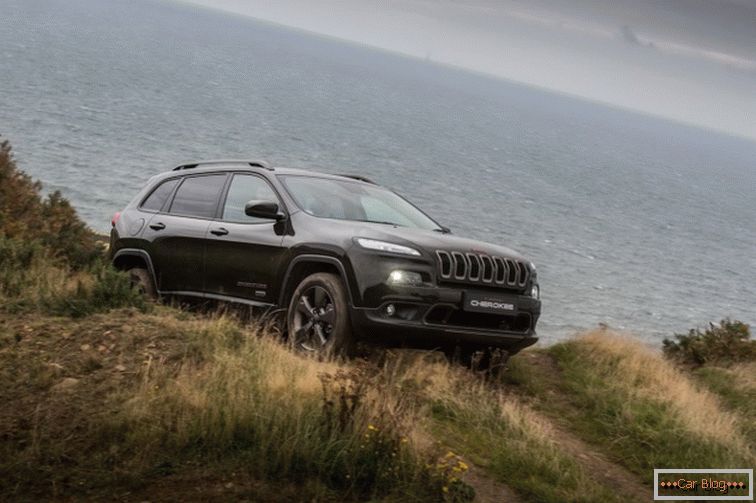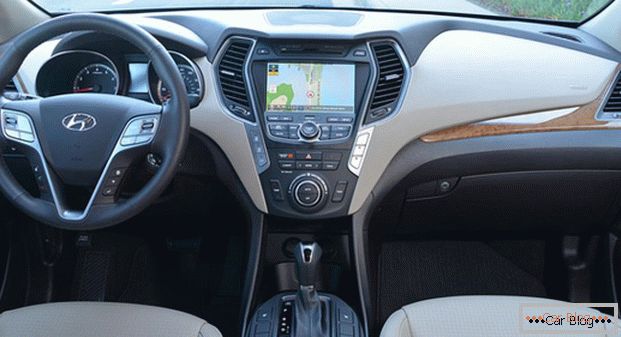The Volkswagen Tiguan is a compact crossover that has been launched since 2007. Recently, the 2nd generation Tiguan has been released, and in the secondary market there are many offers for the sale of the 1st generation Tiguan. Should I buy a supported Volkswagen Tiguan, we'll find out. In Russia, the Tiguanas appeared in mid-2008, cars were assembled in Kaluga. If at first these cars were assembled using SKD SKD technology, then after 2010 in Kaluga they already produced full-cycle cars - CKD, where they also made and painted the body.
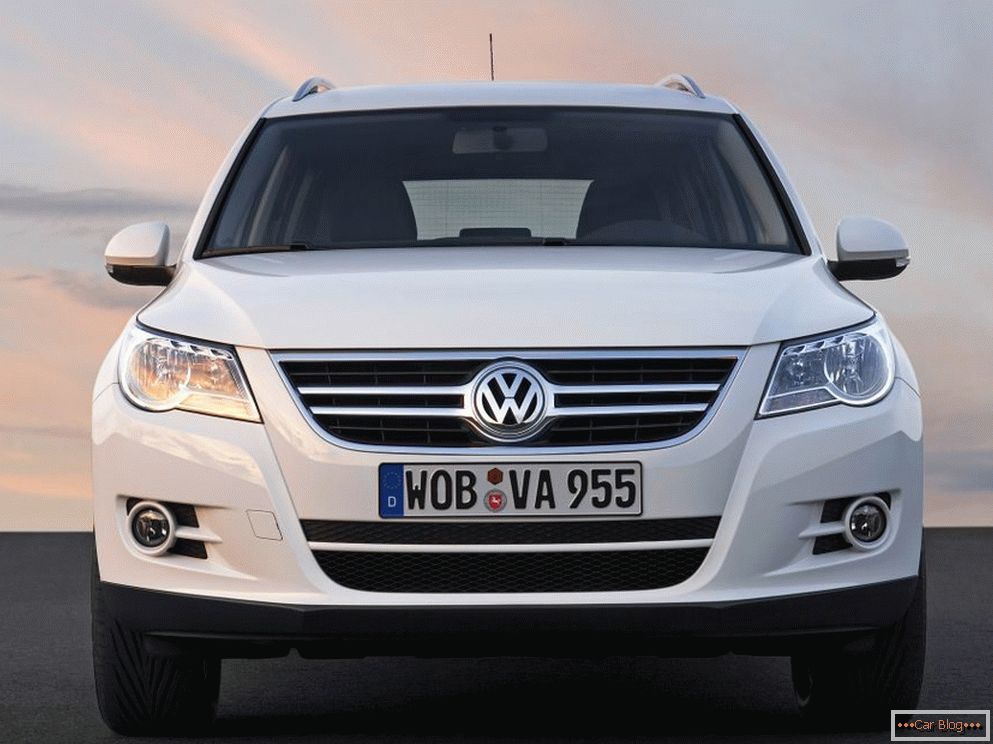
Build quality is the same, that the Germans collected that ours. There were of course a couple of nuances, for example, the side doors were poorly adjusted, and the tailgate was crookedly planted, but after a few months they learned how to do everything right. So, the oldest cars had to be recalled to the service in order to replace some bolts and put them on the sealant. If this is not done, then the propeller shaft could become loose.
Salon
The interior is quite high quality, the materials look almost like new after many years of operation, everything of course depends on the previous owner. But it happens that even the door trim on the move can start to creak. On Tiguanas, released from 2008 to 2009, the warranty had to do wiring repairs: the wire that comes from the antifreeze temperature sensor broke, so the fan worked constantly. There is also a harness that fits the engine control unit, it is unsuccessfully fixed, so it could burn, which would make the car immovable.
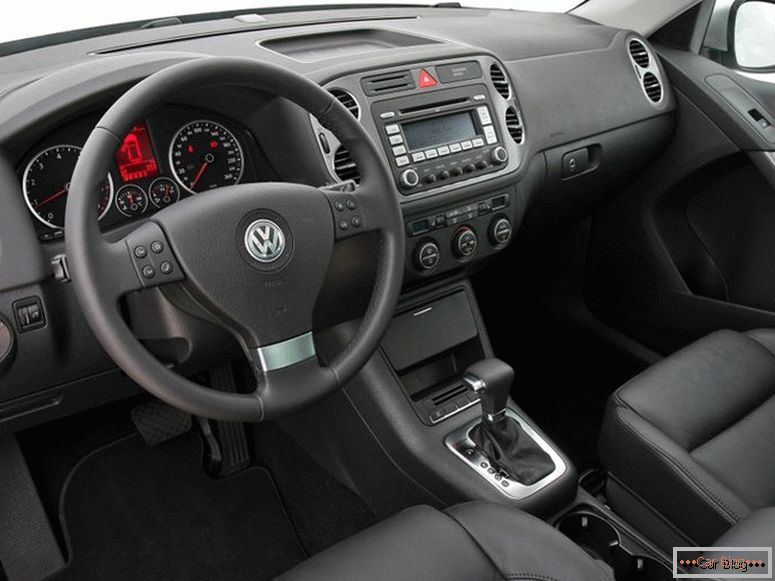
There were also cases that the lights went off by themselves on cars produced before 2011. Corrected this situation in 2013. The problem was in the fuse or switch box, which is under the hood. But the body is well protected from corrosion, the only weak point is on the tailgate, rust may appear on the bottom edge.
Over time, there are purely cosmetic flaws, some even you will not see right away, for example - the hood soundproofing sheet may sag in a few years, and if you do not clean the motor, this sheet will come off completely. In the dealerships, they changed the clip-holders, or completely made a replacement for soundproofing plating. Appearance can spoil the grille, which peals, door linings, paint slit from the side mirrors and bumpers. By the way, if chips appear, they should be painted over as soon as possible, because the remaining paint can begin to peel.
Still traditionally weak places are door locks and a motor of the stove, which is already beginning to make a lot of noise after 3 years of operation of the car. A new motor of this kind costs 130 euros, but for the first time you can simply lubricate the bearing.
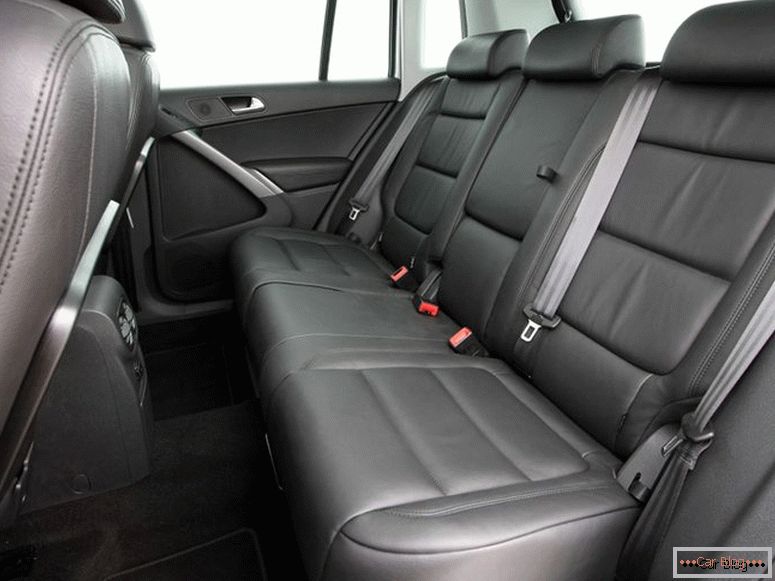
In Tiguane there is a radio navigation system RNS, released by Continental, serves for a long time and does not fail, so if it happens that it cannot be controlled using the buttons on the steering wheel, this means that you need to change the contacts on the steering column for 120 euros that because of them the signal and the airbag may stop working.
Motors
The very first cars of the Russian assembly were equipped with a 1.4-liter engine with a capacity of 150 liters. with. In the market of 25% of cars with this motor. The engine is economical, but pulls well, the car accelerates quite quickly. But reliability is not so good. The liquid intercooler pollutes over time. So, if you give a high load, the piston group will wear out faster, jumpers between the rings can burn out, the pistons collapse, especially the 2nd and 3rd. The overhaul of this motor is quite expensive - 2500 euros, so it’s better somewhere to look for a motor for disassembly.
Recommended article: BMW M2 Coupe - smart, compact and fast car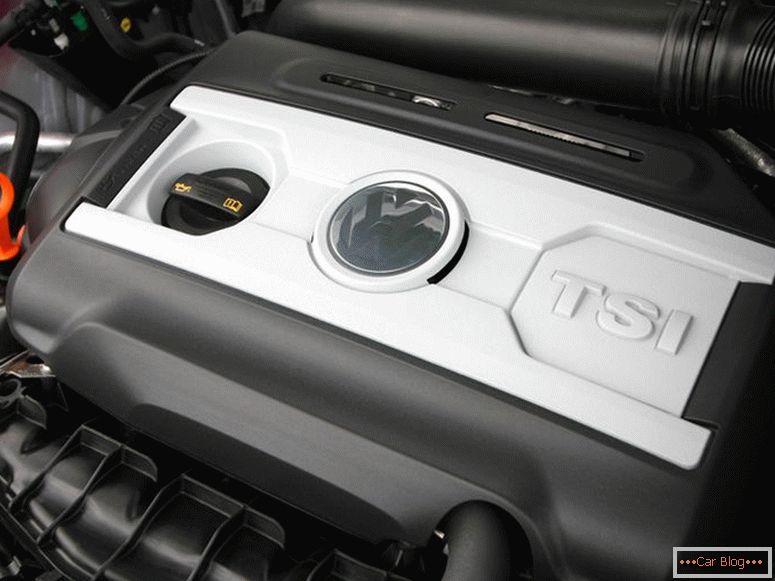
In 2011, it was restyled and the 1.4 TSI motor was installed in Tiguanas - this is an upgraded version of the same motor. The power remained the same, only the pistons increased, so the engine became more reliable.
But some problems with the engine still remained. For example, fuel pump and injectors are sensitive to fuel, if at least once to fill in low-quality fuel, you have to pay 260 euros for a new high-pressure fuel pump, and 150 euros for each injectors. After 100,000 km. mileage may begin to flow pump, which costs 350 euros. Approximately 60,000 may stretch the chain in the timing belt. The chain itself costs 70 euros plus the cost of the work. Therefore, in order not to make the overhaul of the motor better in advance, as soon as there are rattling or quitting, immediately check the condition of the circuit and change it. But definitely after 100,000 km. it needs to be changed.
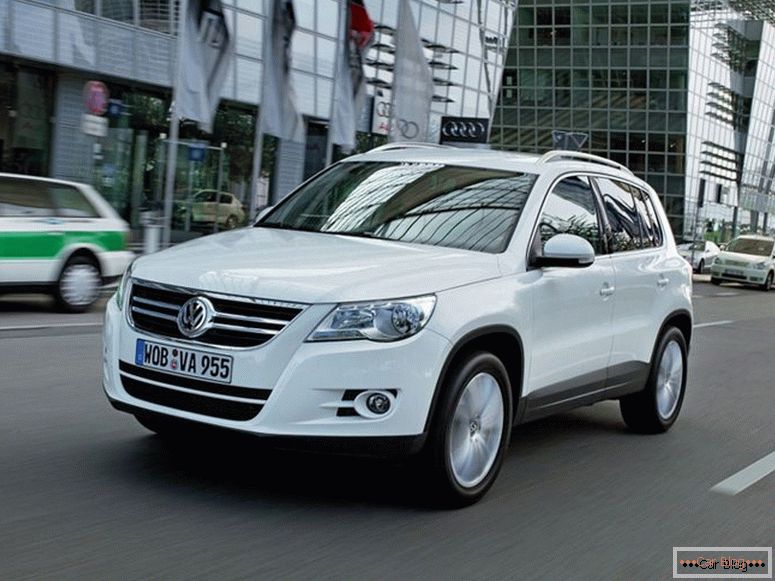
In general, all these problems are characteristic of Tiguan’s gasoline engines. In the 1.4 TSI engine with a supercharged power of 122 liters. p., which appeared in 2011, the chain is also not very strong. It should also be remembered that it is undesirable to leave the Tiguan with any gasoline engine on the slide without a parking brake, starting from the pusher is also a big risk, because the chain can jump over the teeth, especially when it is on the way. In general, with the chain must be careful.
By the way, in the twin-engine 1.4 TSI, which has a cast-iron cylinder block, an aluminum head and a phase shifter on the intake shaft, it is necessary to fill 98th gasoline. Most of the cars with the 2.0 TSI engine, after a while they start to eat oil, it is more noticeable on cars released before restyling - 0.7 liters per 1000 km. run There are several reasons - the camshaft position sensor seal starts snotting. After restyling this problem was fixed.
But the real reason for the oil consumption is the oil scraper piston rings and the poor efficiency of the valve in the crankcase ventilation system. On cars produced after 2011, the design of valves, rings, oil seals was improved, the program in the ECU was improved, after all these innovations, oil consumption decreased by 2 times, but it still remained.
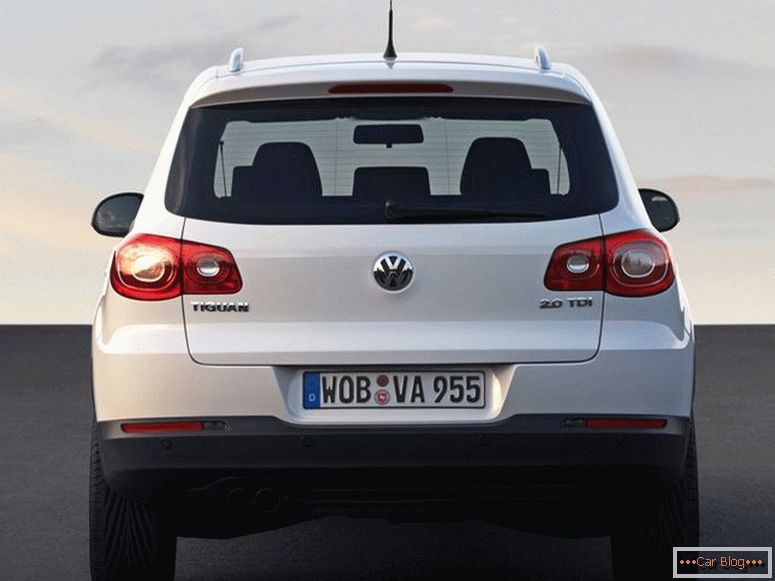
But there are diesel engines, they are installed on 20% of cars, these engines cause less problems to their owners - they do not eat oil, there is no chain. The only thing from driving around the city at low speeds and when driving for short distances may be after about 70,000 km. require intervention valve EGR, a new one costs 150 euros.
Also on the need to monitor the quality of diesel, there is already more expensive fuel pump - 1000 euros. But in general, the motor is reliable, but sometimes it happens that after 100,000 km. mileage require replacing nozzle seals, they are inexpensive - 15 euros per set, but still need to add the cost of work here. There are still cases that after 180 000 km. the damper in the intake tract starts wedging because the plastic gear in its drive mechanism wears out for this run. To eliminate this - you have to spend 150 euros.
Recommended article: Mercedes-AMG GT: sports car for universal use.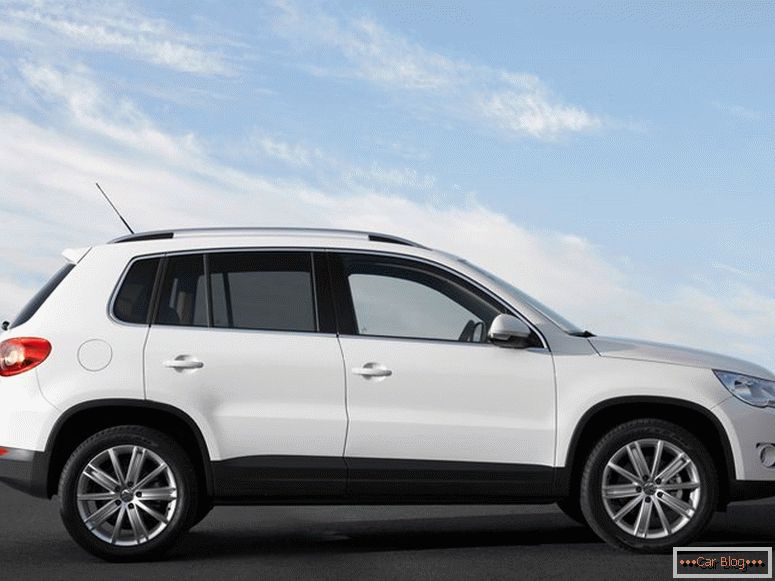
If a situation happens when a diesel car after 150 000 km. the run does not start very well, you must immediately check the reducing and injection valves of the fuel system. And THAT should be done more than once in 15,000, as recommended by the official, but once in 10,000 km. In general, it is better to buy a Tiguan with a diesel engine, because it is much more reliable than gasoline engines.
Gear boxes
Gearboxes are different - the DQ200 preselektiv with 2 dry clutches is a robotic gearbox, it is installed on cars with front-wheel drive and a 1.4 TSI engine, whose power is 150 liters. with. In Europe, this box can also be found on Tiguanas with a 1.8 TSI engine. On the cars produced after 2011, this box has already become less broken, and after 2012 there was a serious modernization in it and there were almost no problems with it.
After 2011, both 6 and 7 speed robots DQ250 and DQ500 appeared, they were installed on all-wheel drive cars with 1.4 and 2.0 engines. The weak point in these boxes is the mechatronic hydraulic control unit. A new node is not cheap - more than 2000 euros, so that it will serve longer - you need every 80,000 km. Change the oil in the box. Here comes the ATF DSG.
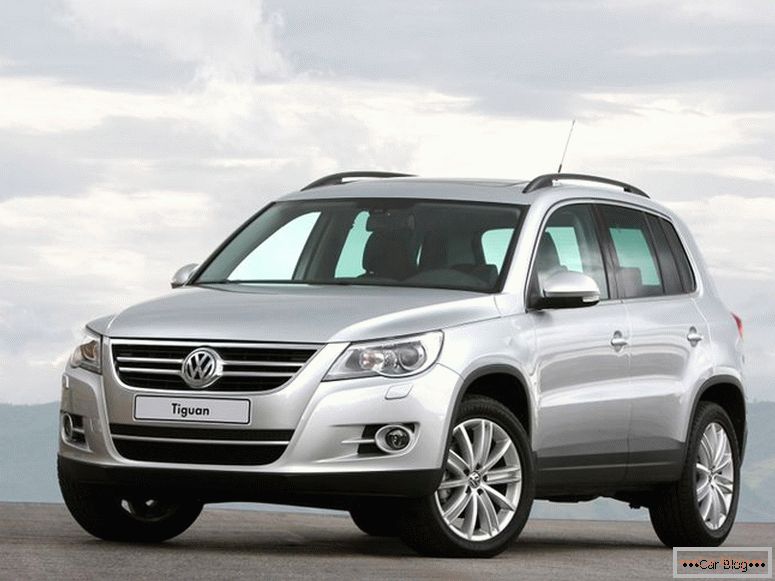
The most popular gearbox is a 6-speed automatic, it costs about 60% of cars. This box is the Aisin Warner TF-60 / 61SN series, a joint development in 2003 of Japanese and German engineers. For front-wheel drive Tiguanov this box with the index 09G, and for all-wheel drive - 09M. There are no problems with the box, you only need to monitor the purity of the oil and its quality. Officially, the oil in the box does not need to be changed, but it is better to do it once every 80,000 km., Then the control hydraulic unit will last longer. If during the switchings hangs or shocks appear, then this is a clear sign that it's time to change the oil in the box. Also, do not forget to follow the radiator in the gearbox on diesel cars, because sometimes it happens that there are leaks.
But the most reliable is considered a 6-speed manual gearbox and no matter what engine it works. The only thing that can happen to it is glands after about 80,000 km. The clutch lasts for about 140,000 km., The new kit will cost about 400 euros. It happens that at the same mileage clarity disappears during switching, then you need to check the switching mechanism, it is possible that it is worn out, its replacement will cost 200 euros. On all-wheel drive cars, one should not forget to change the oil in the Haldex coupling, then the pump will last longer and all-wheel drive will be in working condition. It is necessary to make an oil change every 60 000 km.
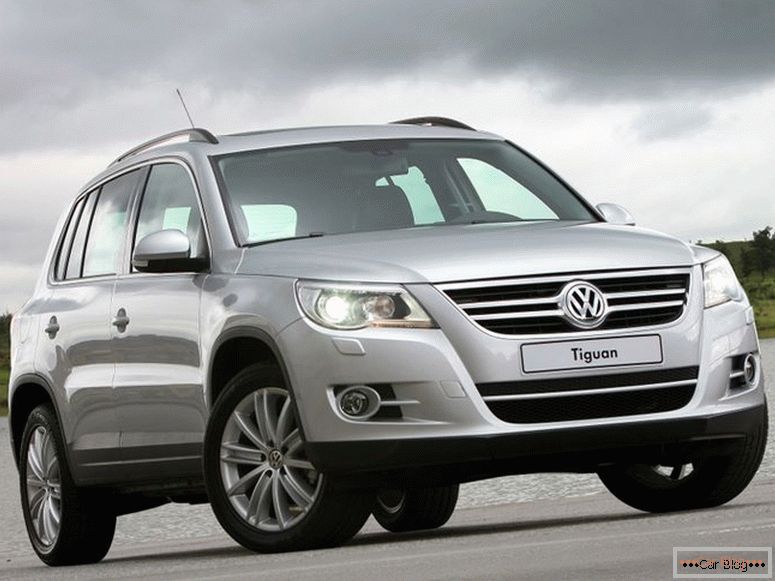
Suspension and chassis
Electric power steering on cars before restyling could just shut off while driving. Therefore, in 2009, engineers have refreshed the electric power steering control unit. But despite this, there were often cases when the steering mechanisms were changed on vehicles manufactured before 2011, even under warranty after 30,000 km.
On the road on the Tiguane better not to go, despite the short overhangs, because the suspension is not particularly designed for these purposes. Approximately 100,000 km. stabilizer bushings fail, but before that, for a long time they can just creak. Replacing the sleeves with a stabilizer will cost 140 euros. At about 70,000 km. fail:
- Hub bearings, which are assembled with a hub cost 130 euros;
- support bearings on the front struts, which cost 50 euros;
- Silent blocks front levers (for 30 euros).
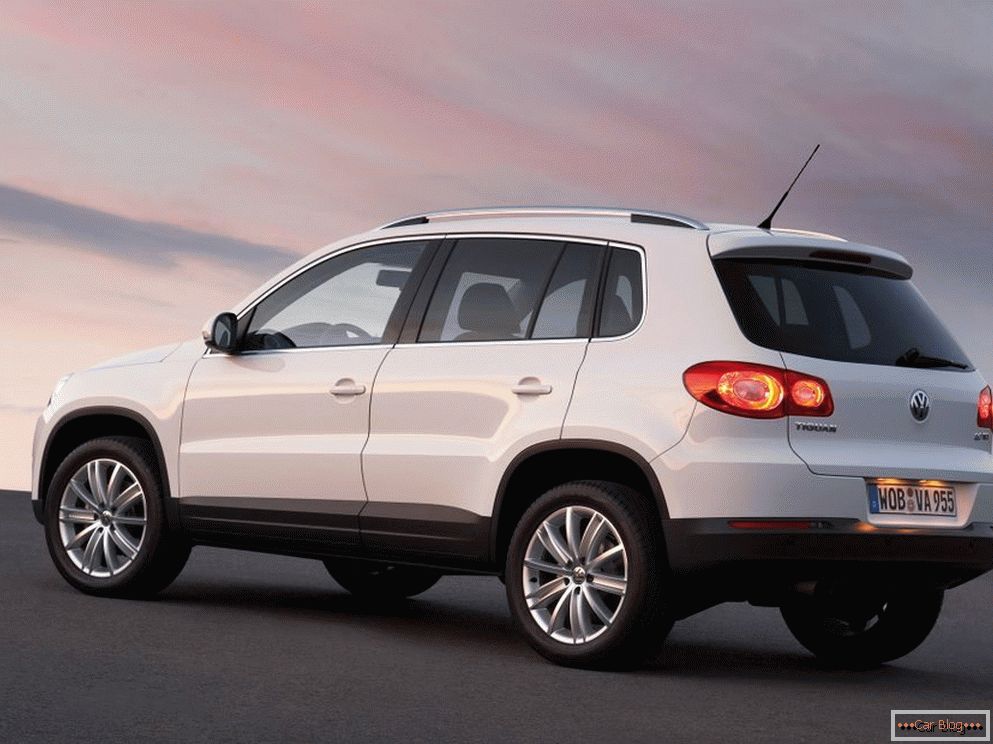
But the shock absorbers can already last longer - about 120,000 km. Front cost about 150, and the rear - 130 euros. The levers serve as much as the shock absorbers, in general, going through the rear suspension will cost around 700 euros, but earlier 100,000 km. There shouldn't be any problems with the back multilever. A front suspension with racks McPherson still brings trouble a little earlier, but up to 70,000 km. the suspension will be fine.
In this generation, the Tiguan uses the PQ35 platform, which is also installed on these cars:
- Skoda Yeti;
- Volkswagen Golf;
- Octavia (А5);
- Audi A.
Many of the details in the suspension are taken from the Passat. But in general, the car requires attention, if it is not already new, and the cost of it is quite high, especially if something fails. In terms of reliability, the Tiguan is about the same as the Nissan Qashqai, which is 100,000 rubles cheaper. The price in the secondary market falls not so fast. It is better to look for a diesel car with automatic or manual transmission after restyling. The price will be no less than 1,000,000 rubles for a 3-year-old car.
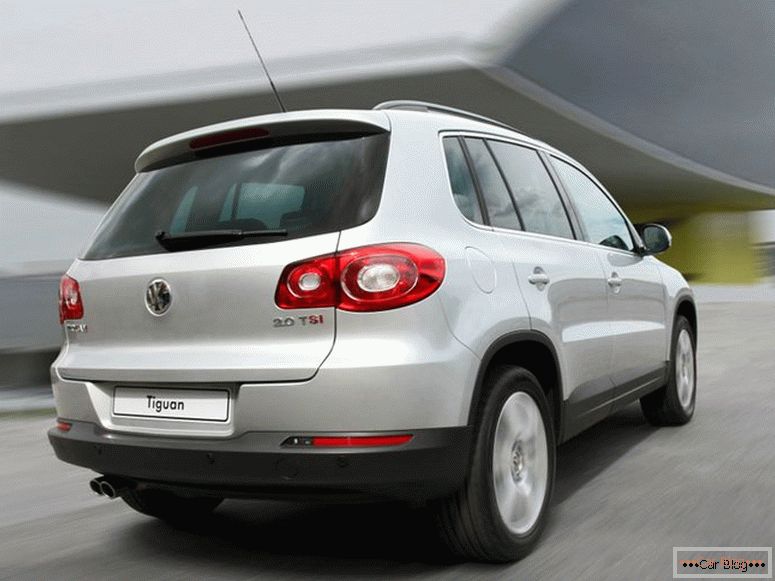
Feelings of riding Tiguane
The volume of the engine is modest - 1.4, but gives 150 liters. with. thanks to turbocharging. With a manual gearbox, the car behaves better on the track, but in the urban cycle you often have to change gears so as not to fall into the turbo lag. It is also not particularly convenient to drive on the roads on the mechanics, so that the car does not stall, it is necessary to give more turns because there is not enough traction. Tiguan with a 2-liter engine and an automatic transmission behaves better, especially if you turn on the sport mode on the box. In turns, Volkswagen is better than similar models of competitors. Excellent feedback on the steering wheel thanks to the electric booster. Banks are minimal, the buildup is also not particularly. There is a stabilization system that will not let go into a skid on a slippery road.
The car has excellent handling and it brakes well if necessary, but the suspension is rather stiff, it keeps the body at any speed. Every unevenness is felt, but it is the quality of a sports car. By the way, the insulation is good, I can not hear the noise from the rubber. At a speed of over 140, the wind is already heard. Off-road Volkswagen Tiguanu has nothing to do, because the geometric cross is so-so, but the car climbs well on the climbs, as the motor is quite high-torque. But the suspension is short-stroke and on serious off-road wheel irregularities remain in the air.

